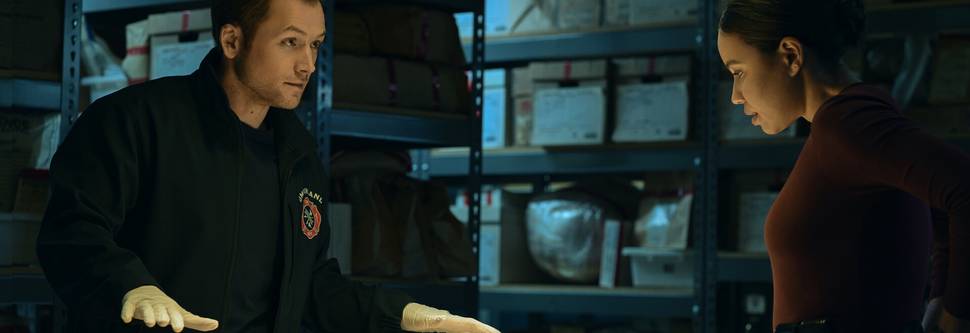
DP François Dagenais says class-X is “the best of both worlds.”
According to Emmy winner Sam McCurdy, ASC, BSC, the look of the hit miniseries Shōgun was built around Hawk class‑X anamorphic lenses. When it came to his next assignment, the pilot for Smoke, McCurdy turned to class‑X once again, while crafting a completely new visual signature for an entirely different story and setting.
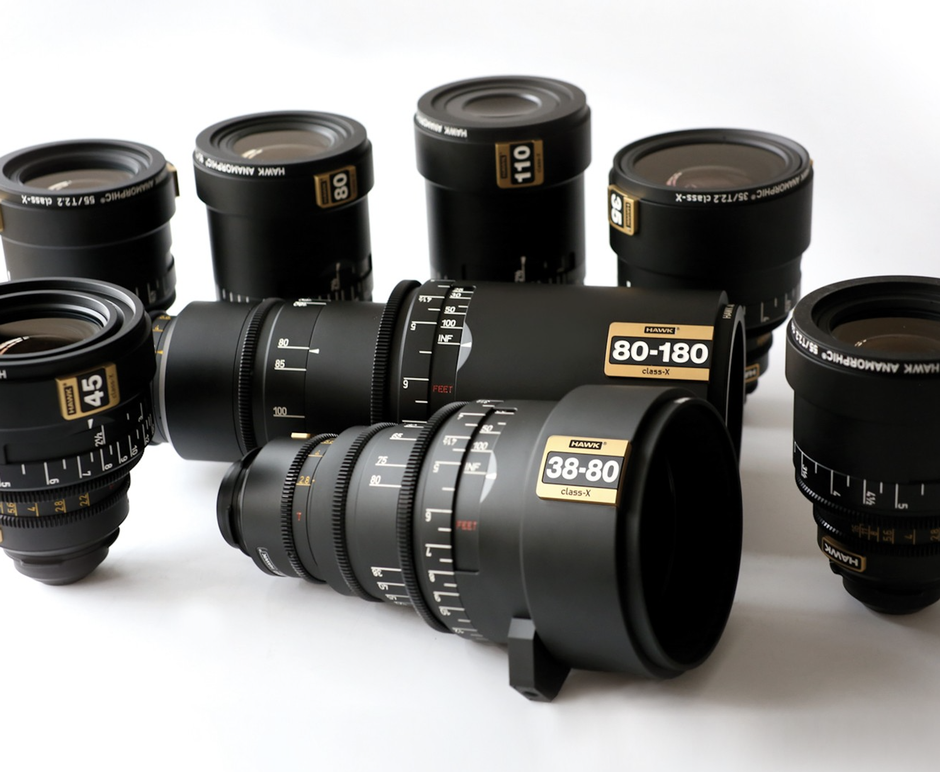
Smoke is a crime drama miniseries streaming on AppleTV+. Set in the Pacific Northwest of the U.S., the tale is inspired by a podcast about a real-life arsonist. Five of the other eight episodes were photographed by François Dagenais, CSC and directed by Joe Chappelle. (DP Scott McClellan handled the remainder.) Creator Dennis Lehane (Black Bird, The Outsider) played an important role in developing the look of the show, which evolved significantly from the pilot.
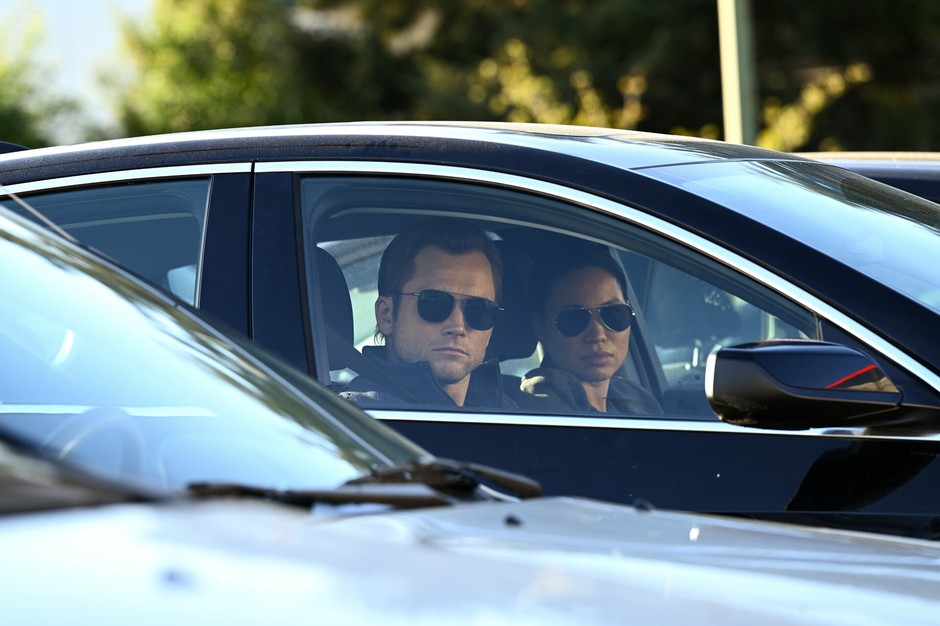
“Dennis really respects what the cinematographer does,” says Dagenais. “He wants you to do your best work. He wants you to be bold. In fact, he would rather you fail by going too far than play it too safe.”
Coming onto the production, Dagenais had never worked with either Venice 2 cameras or Hawk class‑X lenses. The class‑X anamorphics offer organic feel with improved definition, excellent close focus and iconic 2x anamorphic optical traits.
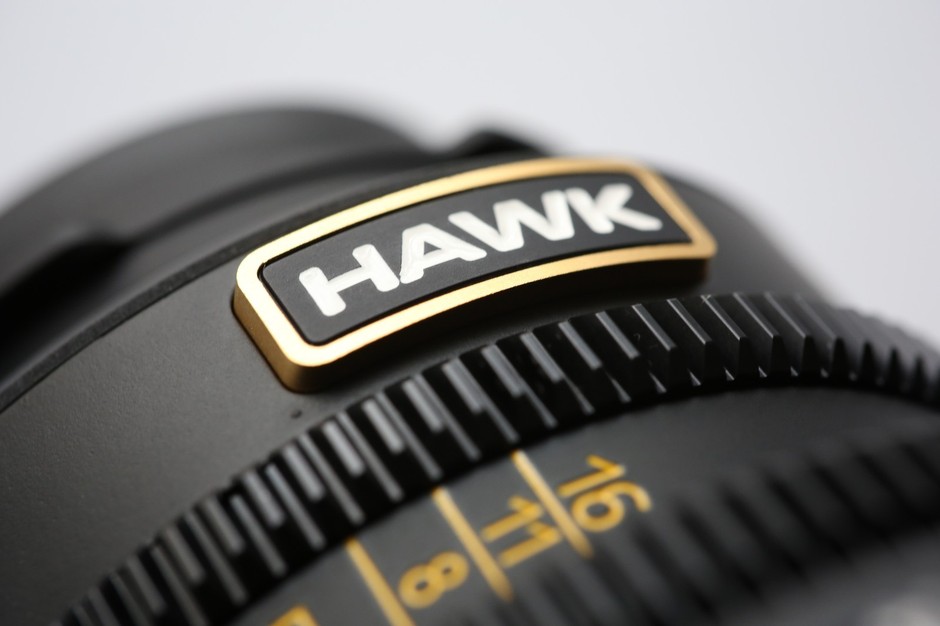
“I was a bit apprehensive, but I trusted Sam’s opinion,” says Dagenais. “The lenses were a real discovery for me. I found that their personality was perfect for this story – never bland or flat, just enough to enhance and elevate the storytelling and the mood, and never so much that they interfere, like some older 1960s lenses can. The falloff at the edge combines well with added grain and keeps the image from being too clean or surgical, without taking you away from the story. It gives me that feeling of the 1970s. It’s a great combo – a modern lens with a retro feeling. It’s the best of both worlds.”
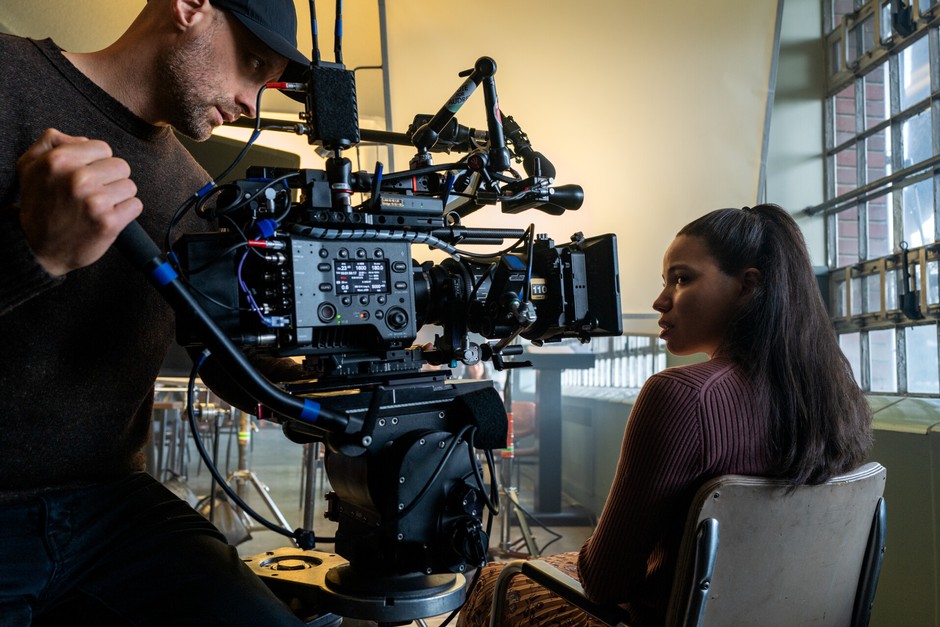
As they continued developing the show’s visual language, Dagenais and Chappelle began to incorporate judicious lens flares as well. “We were working on a simple but important scene, and we felt it needed something more,” Dagenais recalls. “We did a little push-in, and almost as an accident, and this amazing yet not too beautiful flare went around the actor. We did another take just a bit slower, and it was just gorgeous – it made the scene.
“The next day, even the producer and the production manager were talking about it,” he says. “We now use flares when we really want a moment of tension, but we are very conscious that they not become a gimmick through overuse.”
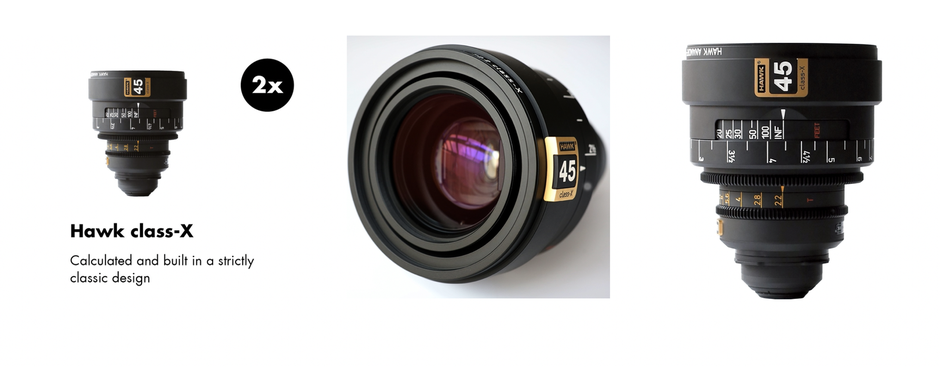
Depth of field is considered carefully. “In general, we did tend to go more shallow on Smoke, but it’s not a rule of thumb,” says Dagenais. “It was never a game of ‘let’s go as shallow as we can.’ If it helped the shots, we added a bit of depth so that you can still see something in the background, in the falloff. I usually want to see a bit, especially the setting says something important about the characters.”
Dagenais says that his experience on Smoke has left him eager to shoot more anamorphic. “By the end, I was kind of falling in love with it, and maximizing its potential,” he says. “Anamorphic really grows on you – because of what it can bring out. Smoke was one of my best set experiences overall – the crew was the crème de la crème, and the actors were so happy to be a part of it. That makes a big difference.”
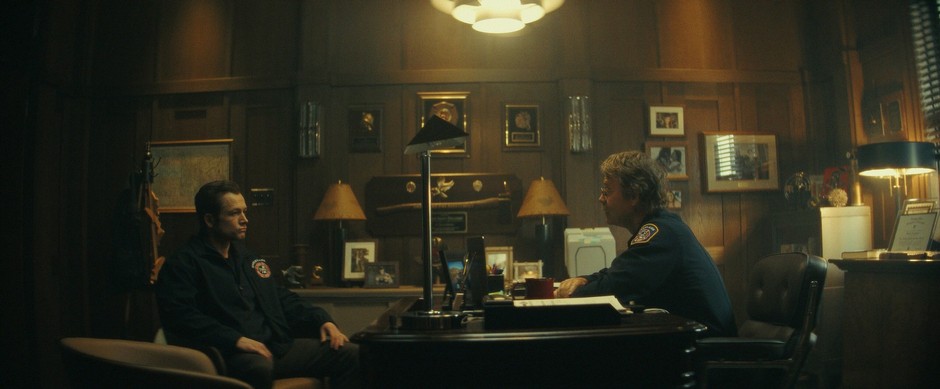
Smoke debuted on June 27, 2025. A Guardian reviewer called it “smart, mesmerizing. . . hugely entertaining.
Watch the trailer here.
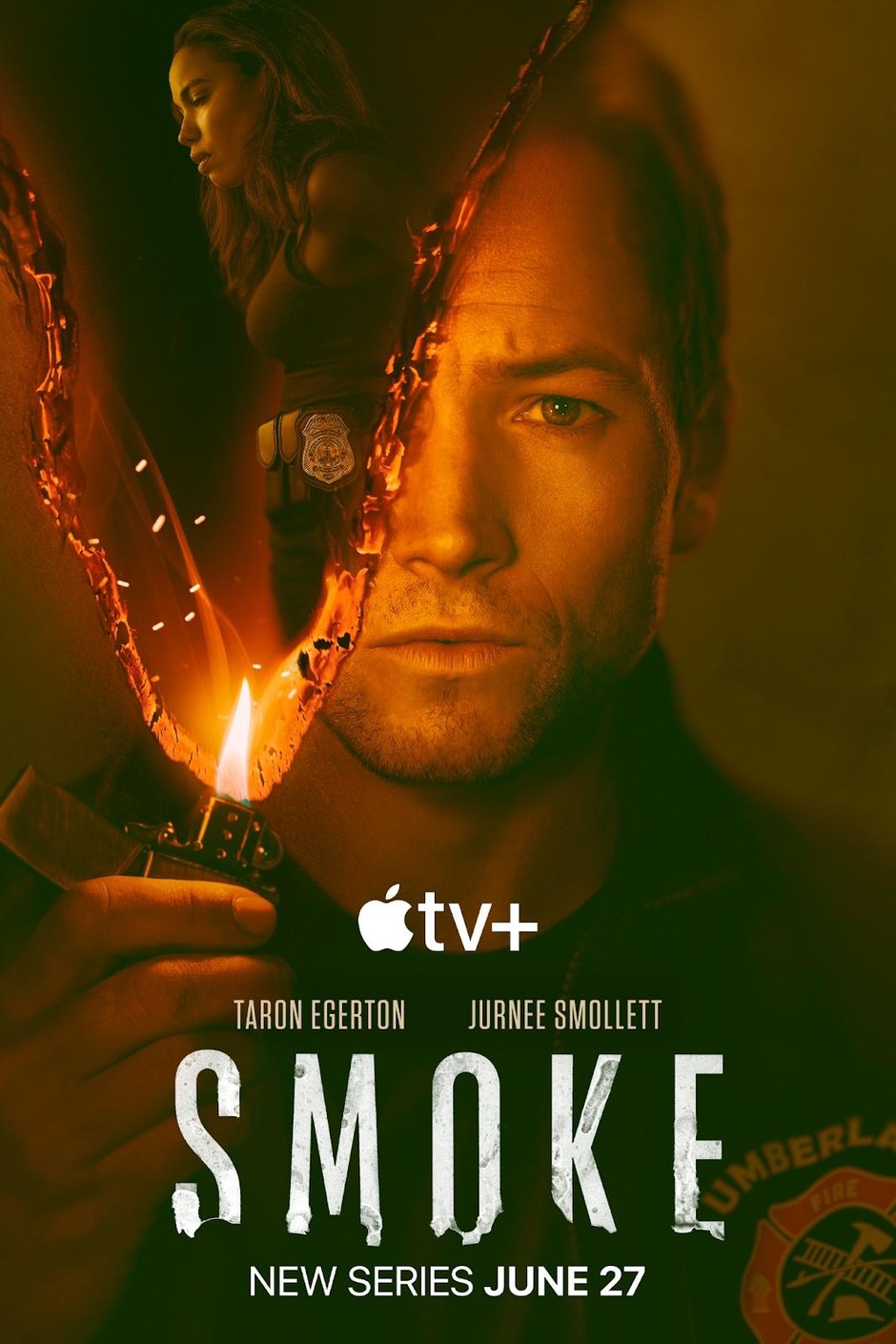
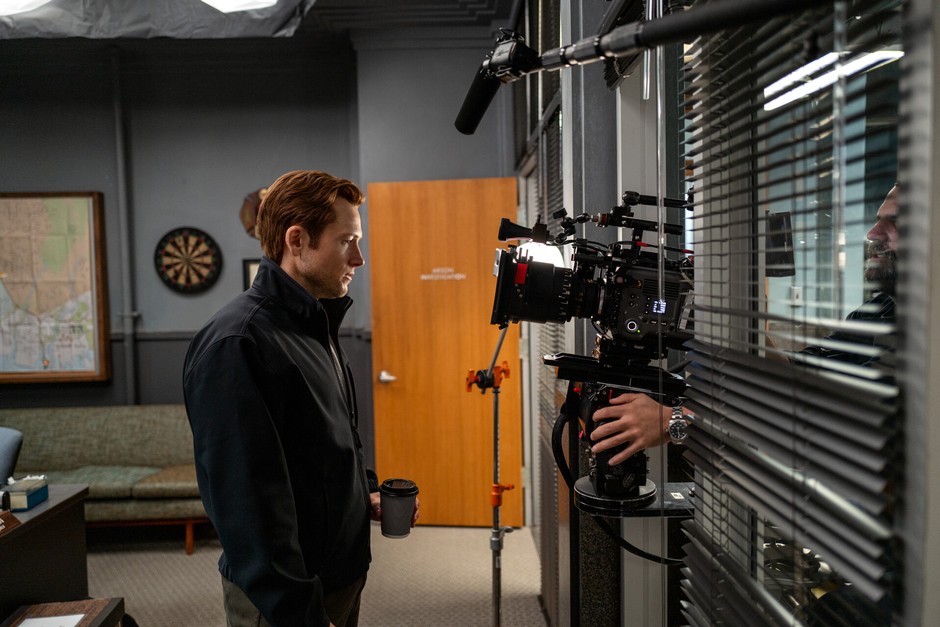
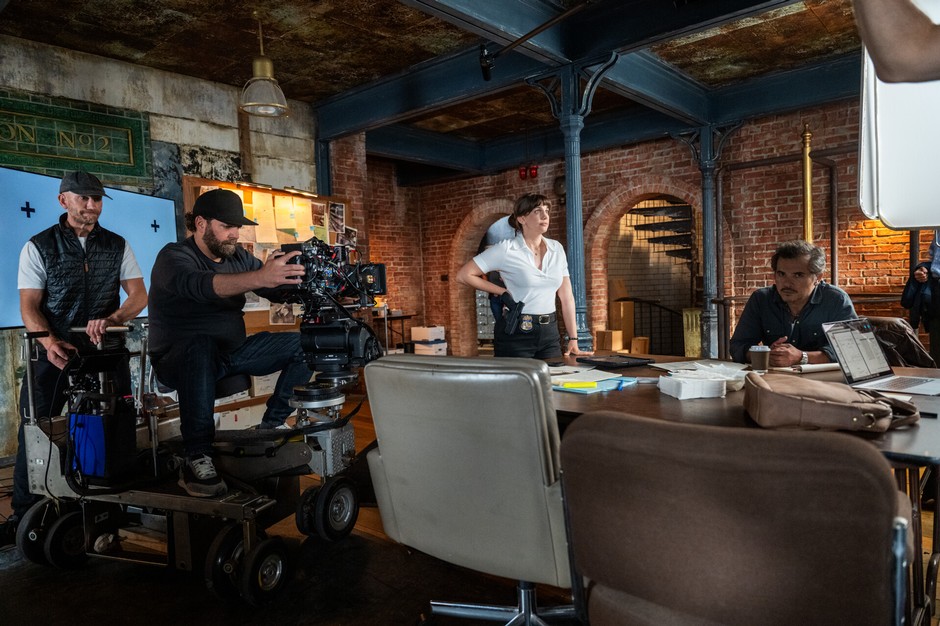
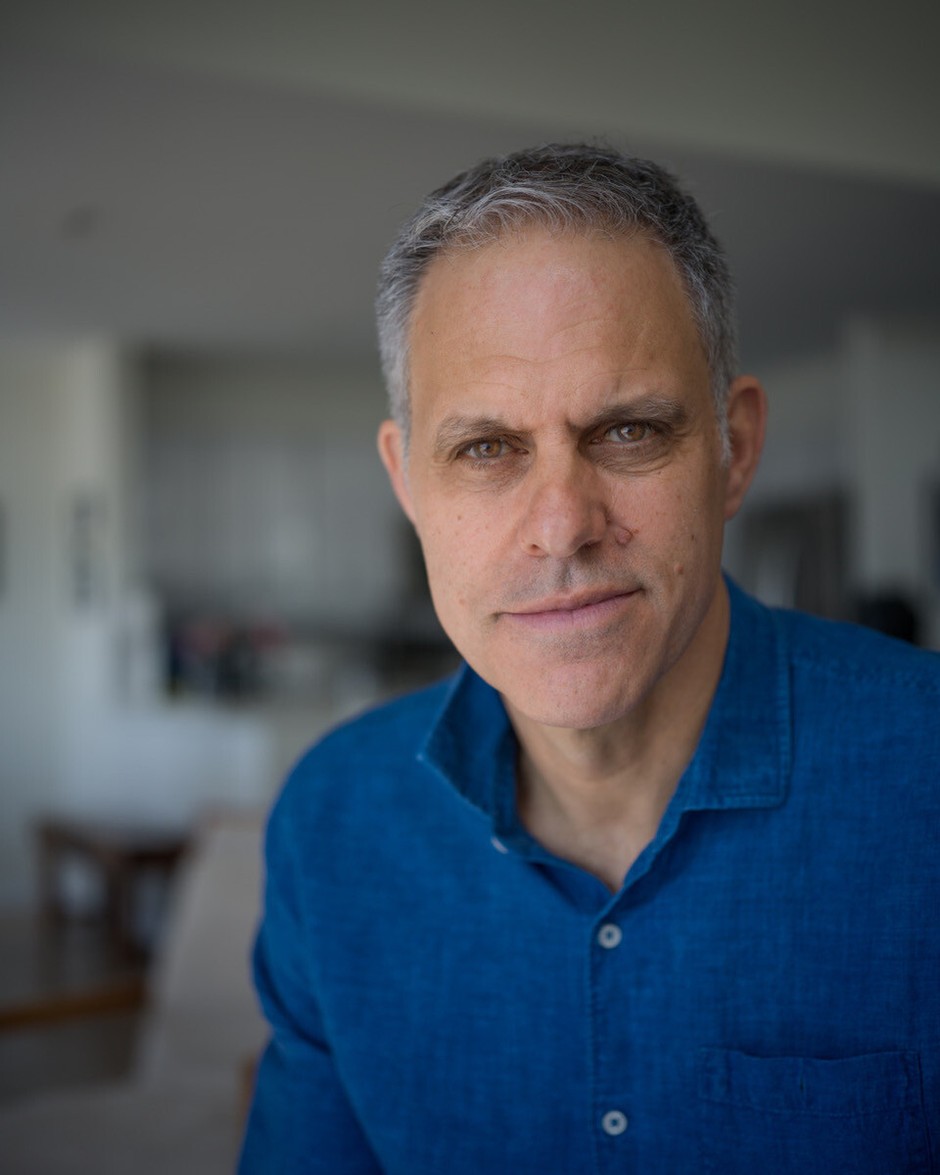 François Dagenais
François Dagenais
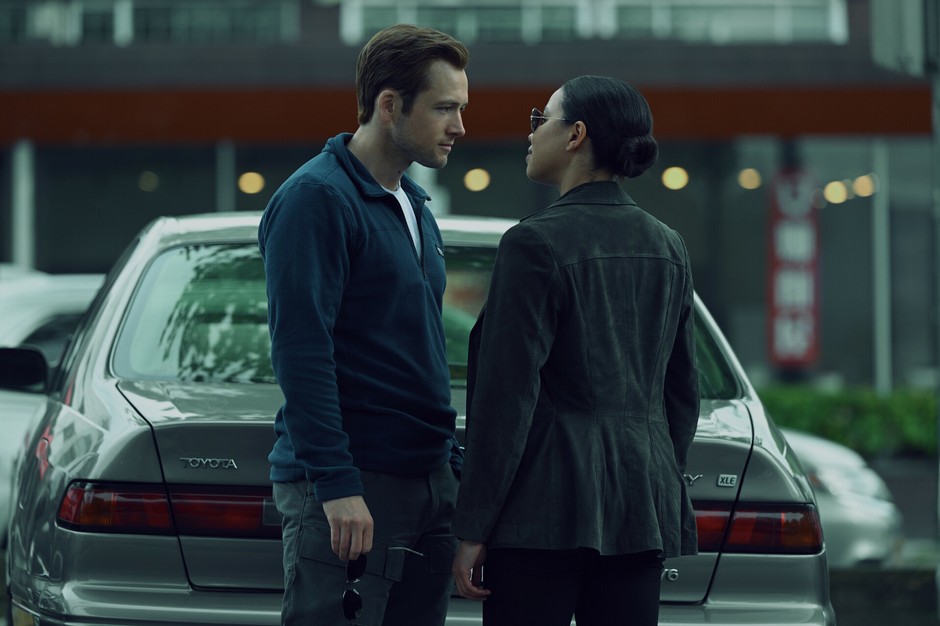
images: Apple Studios, and Kyle Rief